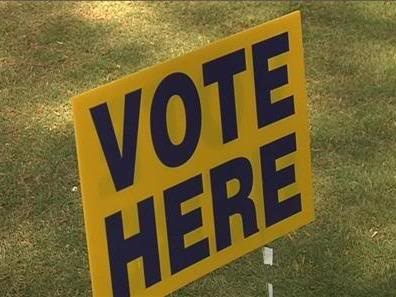Latino, black political clout grows in Florida and North Carolina

The face of the Southern electorate is changing, and perhaps nowhere is the shift clearer than Florida and North Carolina. In the two critical battleground states, the share of white voters has shrunk since the last presidential election in 2008, and the number of African-American, Latino and other people of color voters has steadily grown.
But while the numbers show key Southern states continue to move towards an increasingly diverse electorate, new voting restrictions could undermine its political potential.
According to a Facing South analysis of state voter registration data, the change has been fastest in North Carolina, where the percentage of voters who identify as Hispanic doubled between 2008 and 2012.
Even more striking, the share of the N.C. electorate falling into the category of "other" -- those who don't identify as white, black, Hispanic or American Indian, which often includes Asian-Americans, Hispanics and multi-racial voters -- rose by 252 percent. (*Update below.)
Overall, the total number of voters in North Carolina not identifying as white has grown by 5.6 percent over the last four years, bringing their share of the electorate to 29 percent. The following chart shows how the North Carolina voting population has shifted between March 2008 and May 2012:

That growth has brought North Carolina remarkably close to Florida, where people of color voters grew a more modest 2.2 percent between July 2008 and January 2012, but still represent 30 percent of all registered voters.
The following chart shows how Florida's electorate changed between July 2008, the time of Florida's general primary, and January 2012, when it held its presidential preference primary:

In Florida, the January 2012 data misses new voters who have registered in the last four months, which may slightly change the results.
The smaller growth in registration black, Latino and other communities of color in Florida since 2008 likely results from a variety of factors, including differences in the changing demographics of the states themselves.
But one influence could also be the sweeping new restrictions on voter registration, which caused the League of Women Voters to cease registration drives entirely and are still undergoing court review.
In March 2012, The New York Times -- drawing on analysis by University of Florida political scientist Daniel Smith -- found that in the first eight months the state's new laws were in effect, 81,000 fewer new voters were added to the registration rolls compared with the same period four years earlier.
Voting and civil rights advocates argued that the restrictions on voting registration drives would hit African-American and Latino voters the hardest. As the Brennan Center and others have shown, black and Latino voters are more than twice as likely to register through such drives as white voters.
Other voting changes like voter ID bills -- passed in Florida and likely on the agenda for North Carolina Republicans in the current legislative session -- limits on early voting, and pushes to end Sunday "Souls to the Polls" turnout drives could also disproportionately impact these groups' ability to exercise their political clout.
The upshot: The shifting demographics and emergence of a New Majority in the South is an unmistakable reality -- but politicians can do a lot to blunt their political impact.
* An important caveat: "Other" also indicates those who leave the race category blank, because there's no requirement to identify the race of the voter in North Carolina.
Tags
Chris Kromm
Chris Kromm is executive director of the Institute for Southern Studies and publisher of the Institute's online magazine, Facing South.
